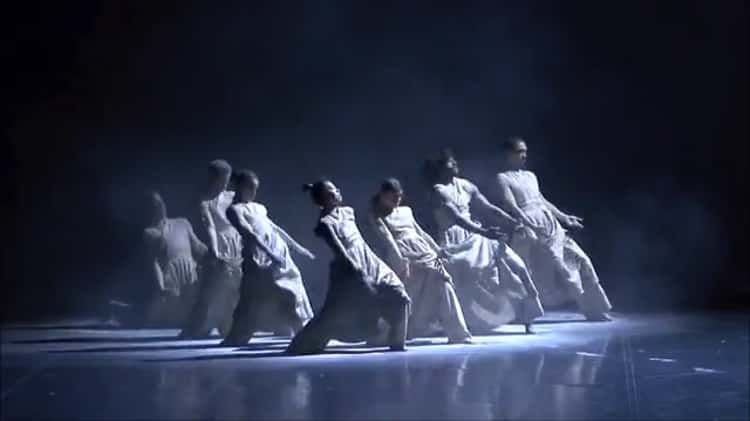What Is Contemporary Dance?
Contemporary dance is a genre of dance that emerged in the mid-20th century and has since become one of the most popular forms of dance worldwide. It is a style that combines elements of various dance genres, including modern, jazz, and ballet, to create a unique and expressive form of movement.
The Origins of Contemporary Dance
Contemporary dance originated in the post-World War II era as a response to the rigid and structured nature of classical ballet. Dancers and choreographers began to experiment with new movements and techniques, breaking away from traditional balletic forms and exploring a more fluid, free-flowing style of dance.
Key Characteristics of Contemporary Dance
Contemporary dance is characterized by its versatility and fluidity, as well as its focus on self-expression and individuality. Dancers often pay special attention to the use of breath, weight, and momentum in their movements, creating a sense of natural, organic movement.
– Versatility and fluidity
– Focus on self-expression and individuality
– Attention to breath, weight, and momentum
Contemporary Dance Techniques
Contemporary dance techniques vary widely, as the style draws from a range of dance disciplines. However, some common elements include floor work, improvisation, and an emphasis on the spine’s natural curves and flexibility. Dancers often explore new ways of moving and interacting with space, using both traditional and non-traditional movement vocabularies.
– Floor work
– Improvisation
– Emphasis on the spine’s natural curves and flexibility
– Exploration of new movement vocabularies
Contemporary Dance in Performance
Contemporary dance performances can take many forms, from solos and duets to large group pieces. They often incorporate multimedia elements, such as video projections and live music, to create a multi-sensory experience for the audience. Choreographers and dancers alike use the stage as a canvas for artistic expression, pushing the boundaries of traditional dance performance.
– Solos, duets, and group pieces
– Incorporation of multimedia elements
– Pushing the boundaries of traditional dance performance
Contemporary Dance in the 21st Century
Today, contemporary dance continues to evolve and thrive as a vibrant and dynamic art form. It is an integral part of the cultural landscape, with contemporary dance companies and performances being staged in theaters, festivals, and other venues around the world. Contemporary dance is also increasingly featured in popular media, from music videos to television shows, bringing the art form to an even broader audience.
– Continues to evolve and thrive as a vibrant and dynamic art form
– Integral part of the cultural landscape
– Featured in popular media
Conclusion
In conclusion, contemporary dance is a diverse and expressive form of movement that has captivated audiences and dancers alike for decades. Its emphasis on self-expression and individuality, along with its fusion of different dance styles, makes contemporary dance a truly unique and captivating art form. Whether it’s on stage or on screen, contemporary dance is a vital and influential part of the global dance community.
In conclusion, contemporary dance is a diverse and expressive form of movement that has captivated audiences and dancers alike for decades. Its emphasis on self-expression and individuality, along with its fusion of different dance styles, makes contemporary dance a truly unique and captivating art form. Whether it’s on stage or on screen, contemporary dance is a vital and influential part of the global dance community.
You can review our digital products by following us on Etsy.





